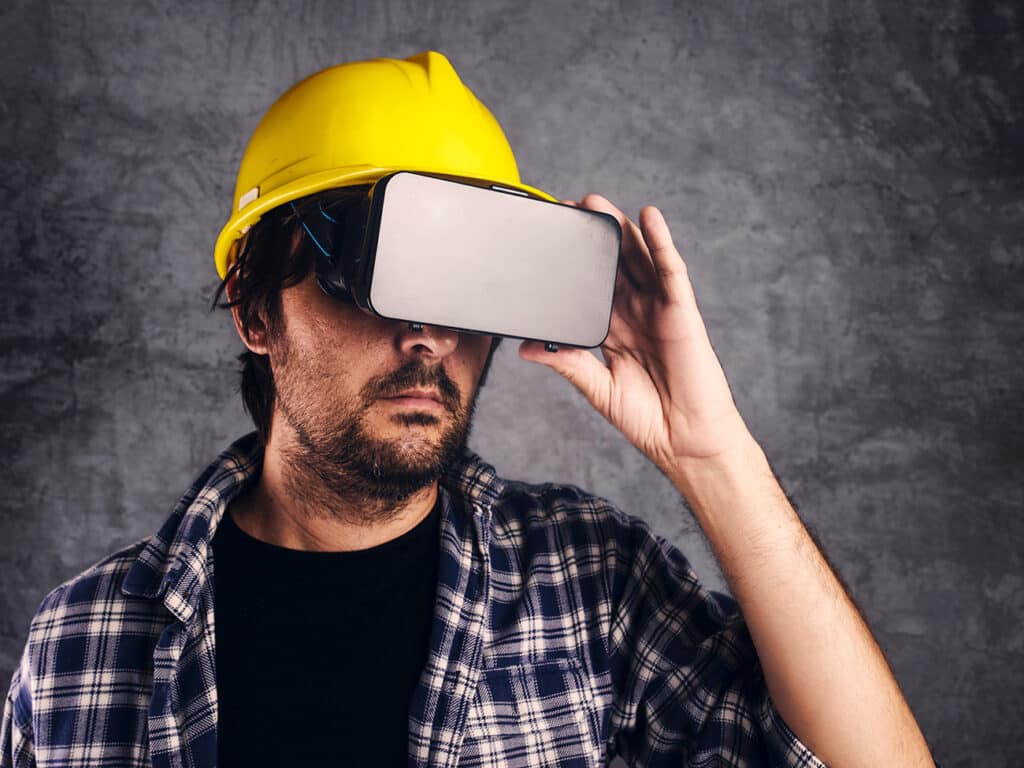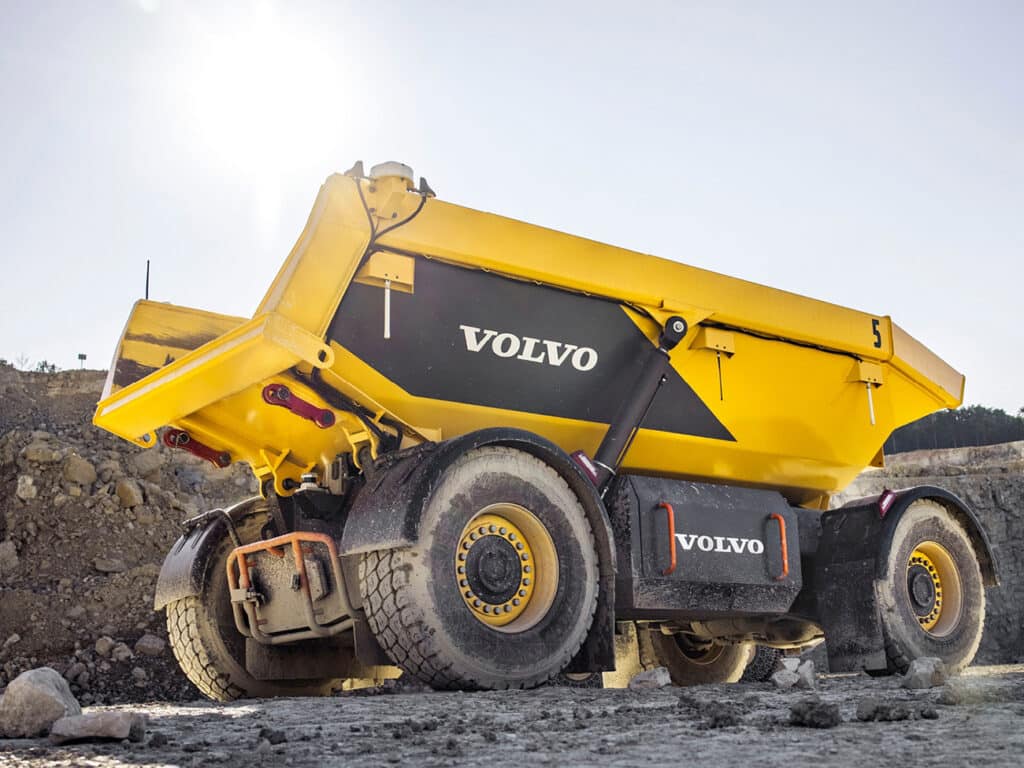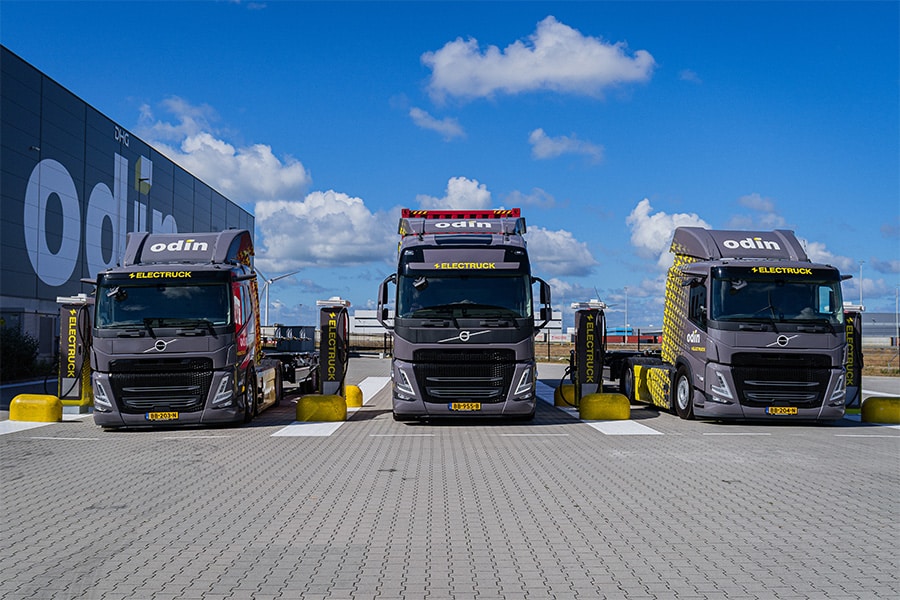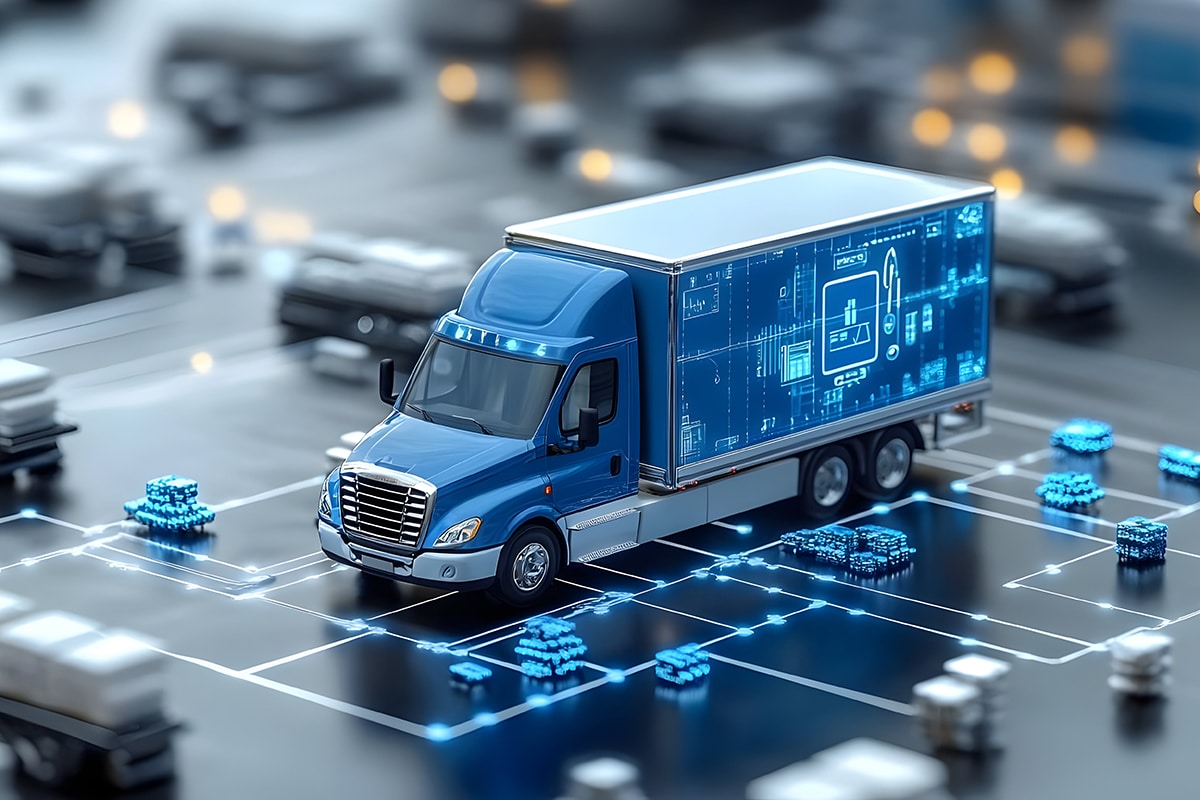
Technology is there, it is still waiting for standardization of protocols
It might just happen anyway...
Electrification within the Earth, Road and Hydraulic Engineering industry is well underway. Even large machines are being used electrically on projects. Left and right even hydrogen is already being used. Machines are becoming smarter and safer, for both the operator and the excavators. Sensor technology is providing data, suitable for immediate application or for later analysis. Automation is increasing and the home base is increasingly in touch with the machines (and their operators) in the field via the Cloud.

And we haven't yet mentioned the use of ever-improving GPS-linked systems, which tell us with razor-sharp precision where a machine is located and just as easily point out pipes present in the ground. Via Augmented Reality, the machine operator sees the landscape with cadastral lines drawn on a tablet. If we think a few steps further with this information, we can almost predict what working in the infrastructure sector will look like in the (near) future.
Increasing desire
With what we know now, let's look at where developments in GWW might be headed. As in the world of passenger transport and transportation, there will be an increasing desire for autonomous machines. Why? Because autonomously operating machines should in principle be safer, work can go on longer and errors due to human actions are excluded. A prerequisite for autonomously operating machines is that they be "connected," there must be a constant
data connection are.

The rollout of the 5G network will enable autonomous driving vehicles, even within the infrastructure. Will that eliminate the need for a driver? They may not, but autonomous working will create new, different jobs. For example, on an infra project we can expect the presence of mobile "hubs" in addition to all kinds of self-operating machines. A kind of command post from which the initial monitoring is done. In case of calamities, employees can immediately intervene in the field from the Hub.
Watching machine
Whether an employee is present in a Hub behind a monitor or somewhere in an office elsewhere in the country, the autonomous machine can be watched from the monitor or through Virtual Reality or Augmented Reality glasses. A 360˚ camera on the machine sends the image to the operator, who can remotely control, correct or stop the machine.

In this way, an entire project can be recorded on video, to be added later to the project file. Also, data from the rotating equipment provides a clear picture when it comes to technical malfunctions, consumption, required maintenance et cetera. And all this can be monitored remotely.
Part of 'swarm'
To individually monitor all autonomous machines on a project to prevent collisions, for example, would be a hopeless task. Autonomy, however, can only be achieved thanks to Internet of Things, or IoT. Again, the 5G network is indispensable in this regard; it makes it possible to join all machines within a project together within a so-called "swarm. Machines can be withdrawn (damage, maintenance, finished work) or added to the swarm at will. The machines are in contact with each other via IoT.
This is necessary when working in succession. If machine 1 finishes its job, then machine 2 can follow it up. The autonomous machines "know" from each other what their job is, when it is completed, and where each machine is in the field. When many machines are working together in a small space, "machine vision," via cameras and laser detectors, can be switched. In theory, machines could operate within a few centimeters of each other without touching.
Sampling on Site
In projects where there is demolition material disposal, samples can be taken and tested on site through Sampling on Site. Demolition waste can thus be separated on site and classified. This enables more sustainable work, as less transport is required, thus saving a lot of time.
Autonomous machines, part of a project swarm, interacting with each other and the Hub, generate an enormous amount of metadata. Figures that must be analyzed In Real Time, after which "the system" must assess situations, provide feedback to headquarters and send commands to the machinery. This is possible thanks to artificial intelligence. Practical examples from other industries already abound. How utopian is the above text really? The answer: not utopian at all. The technology is already there, we are just waiting for standardization of protocols, agreements between machine manufacturers and the willingness of the industry to invest in it. However, let's stay "with four wheels on the ground" for a while longer and let the digital revolution take place as it should: step by step. The current generation of machinists need not worry about their jobs for a long time to come.




